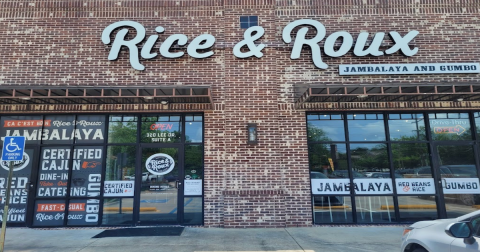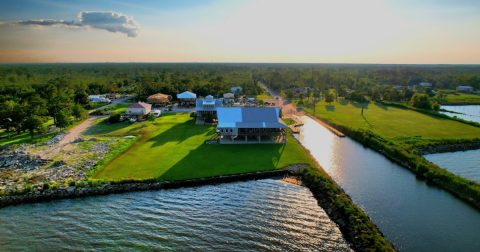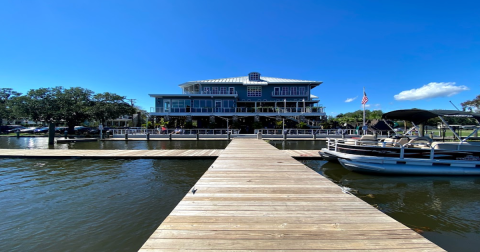Most People Don't Know How These 15 Louisiana Parishes Got Their Names
Louisiana has deep roots with Native American, Spanish, and French cultures, and they’ve all shaped everything from our street names to the food we eat. With 64 parishes, there’s a few we’ve found with interesting stories on how they got their names. Listed below are 15 parishes we thought may have little known histories on how they got their names.
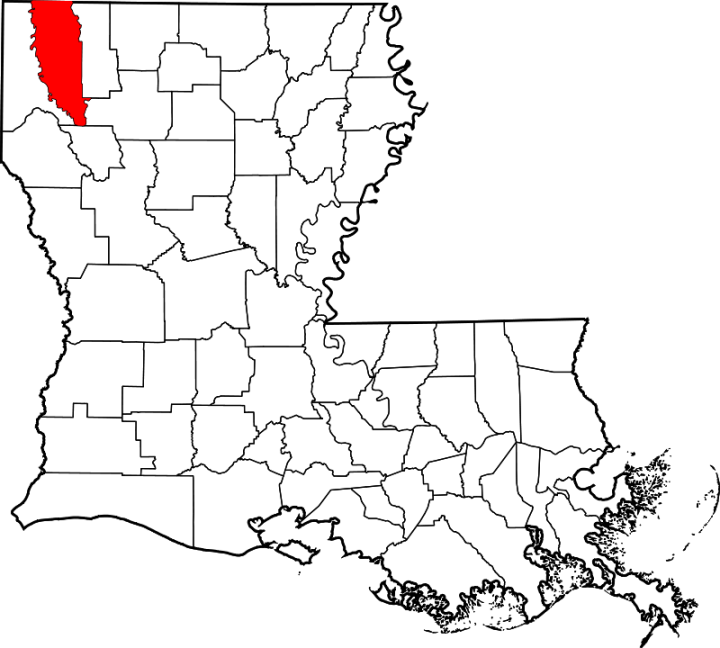
In 1843 Bossier Parish was created when the government carved an area from Claiborne Parish. The parish was named for General Pierre Bossier, a 19th-century soldier, plantation owner, and politician.
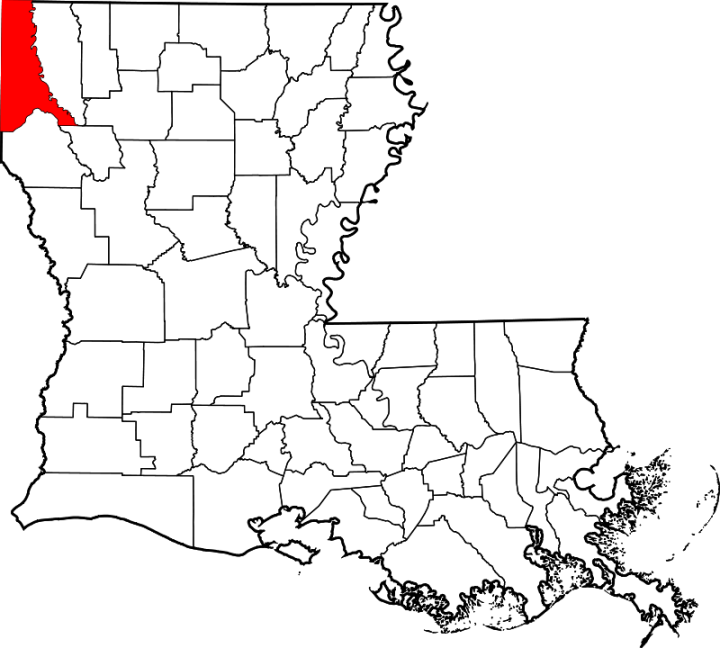
This northwestern parish was named for the Caddo Indians who were the original inhabitants of the area. The Caddo Indian Confederacy eventually sold their land to the United States by signing the Treaty of Cession in 1835.
Advertisement
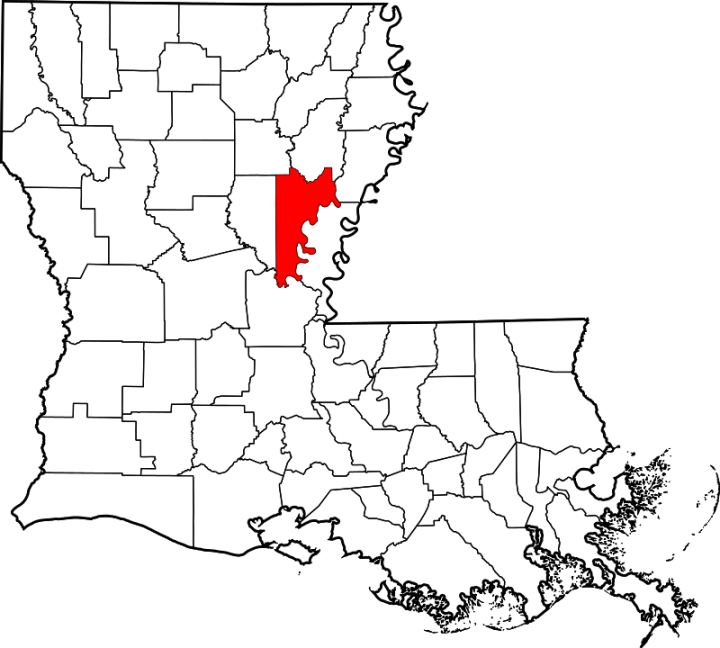
Catahoula is derived from a Tensas word meaning a big, clear lake, referring to Catahoula Lake which was originally within the boundaries of Catahoula Parish, but now is located in La Salle Parish and Rapides Parish.
Advertisement
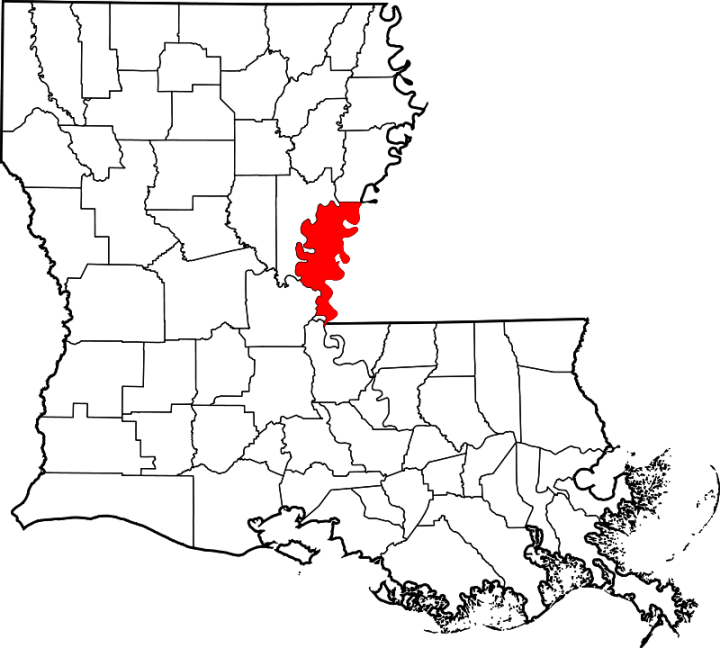
No one knows for sure how Concordia Parish got its name, but there are two theories: one is that the name came from a land grant called New Concordia, the other theory suggests it was named after a mansion called Concord which was owned by Governor de Lemos.
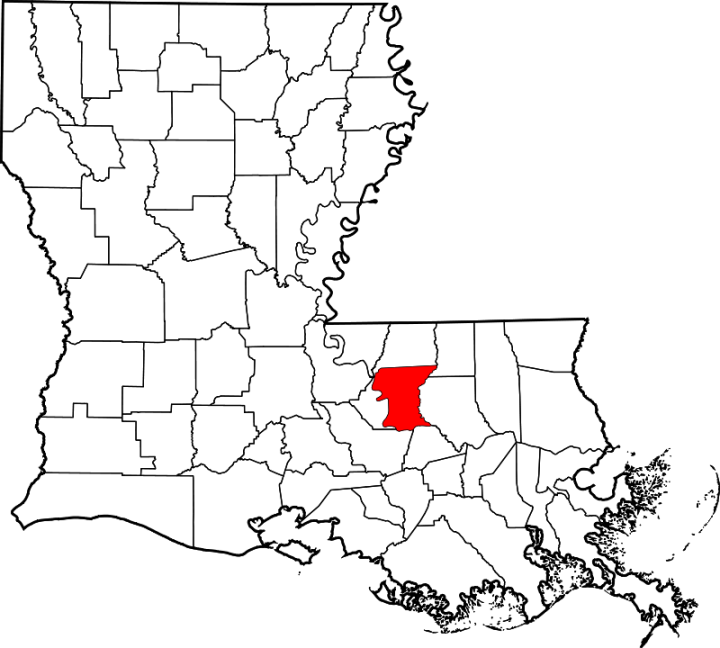
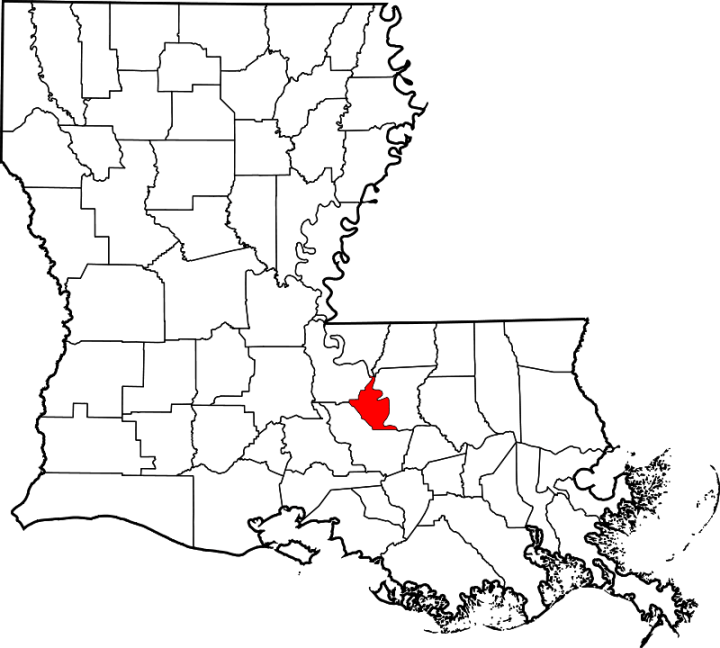
Baton Rouge comes from the French phrase meaning "red stick". Native Americans used red sticks to mark the boundaries between the different tribal territories.
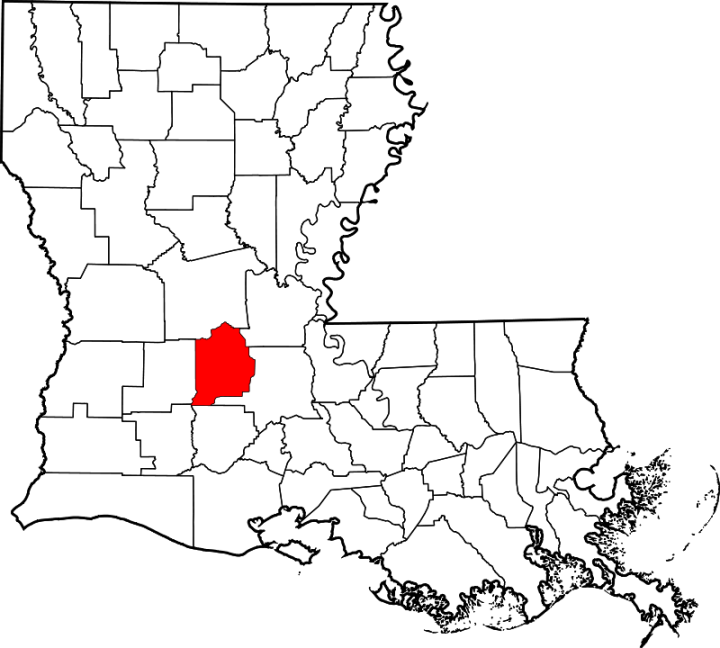
Named after Henry Wadsworth Longfellow's poem of the same name. St. Martinville even has an Evangeline monument you can go check out as well as the Evangeline Oak, said to be the location where Emmeline and Louis reunited.
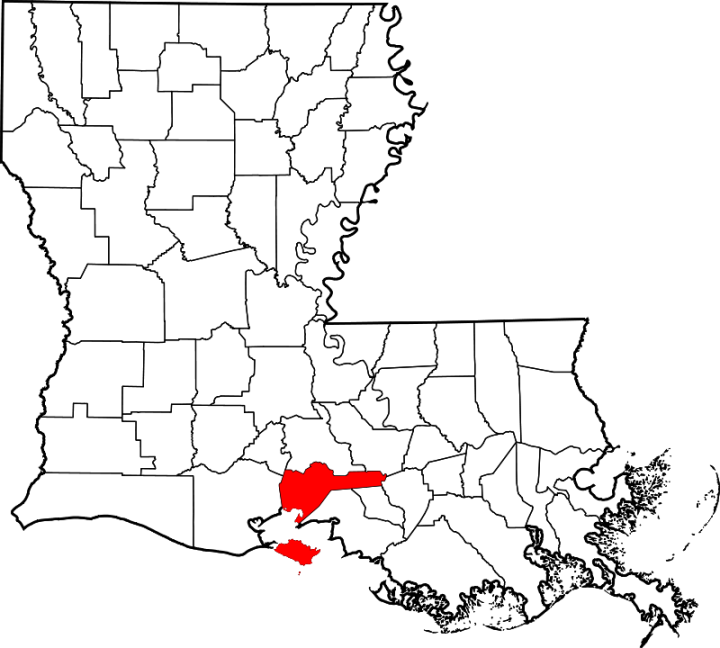
This one was named by Spanish settlers 1868 in honor of the Iberian Peninsula.
Advertisement
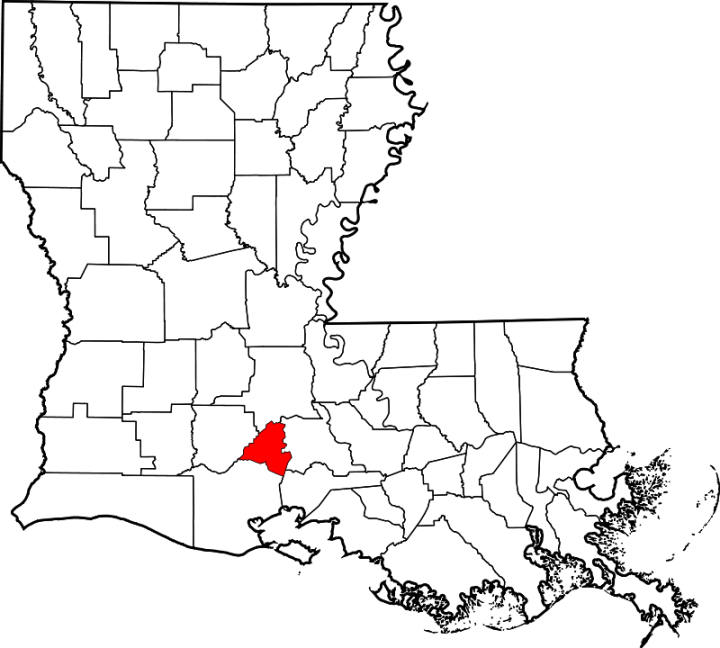
Founded in 1823, this parish was named after "America's favorite fighting Frenchman", Revolutionary War hero Marquis de Lafayette.
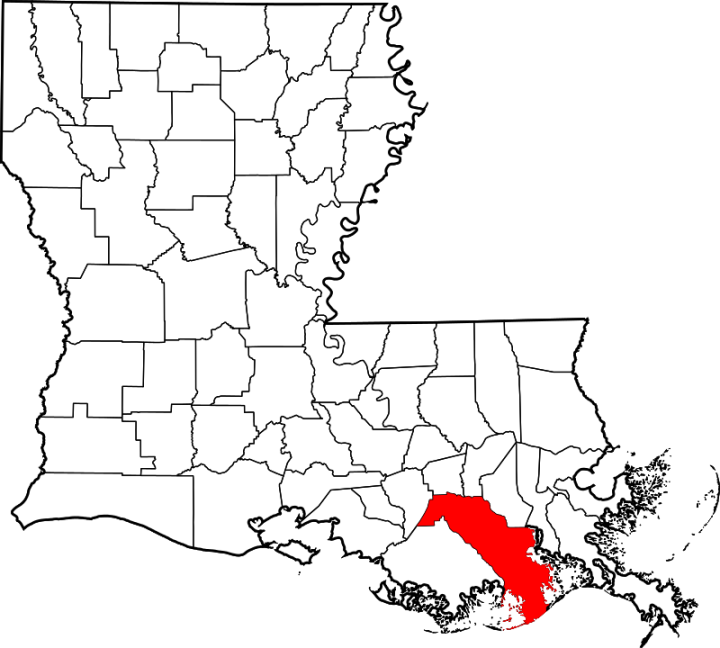
Originally part of Lafourche Interior Parish, the parish was named after Bayou Lafourche. "La Fourche" which is a French for 'the fork', refers to the fork in the Mississippi River.
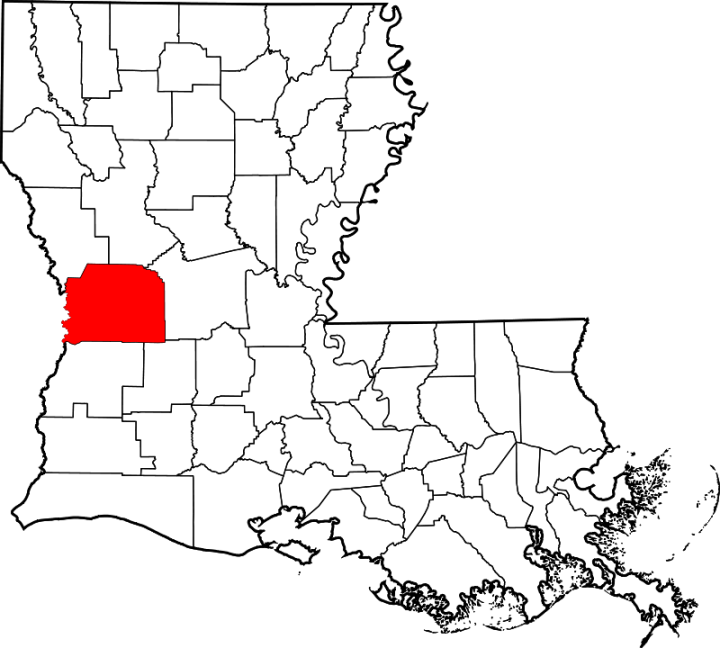
Vernon parish was created by taking territory from the neighboring parishes of Natchitoches, Rapides, and Sabine. While there are a few legends on how the parish got its name, the story the state recognizes is that it's named in honor of Mt. Vernon, George Washington's home.
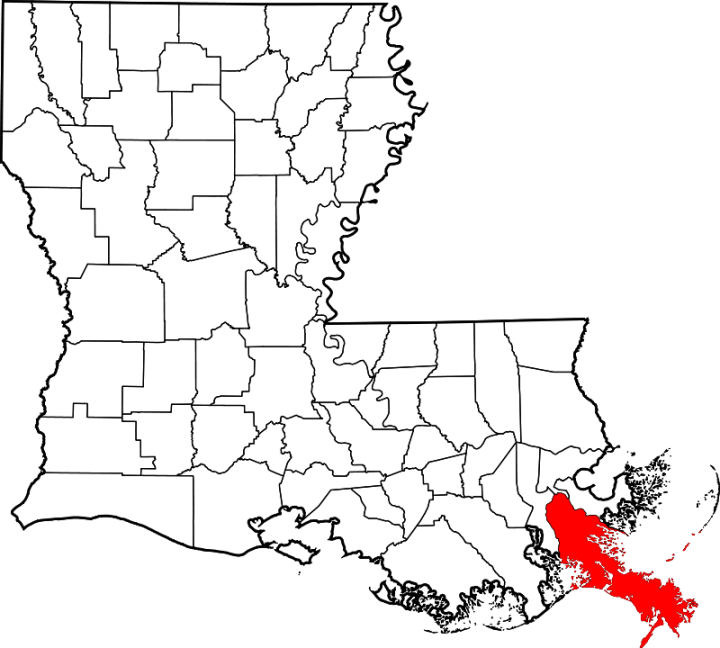
Louisiana's southern most parish was founded in 1807 and got its name from the Atakapa word "piakimin," referring to the local fruit persimmon.
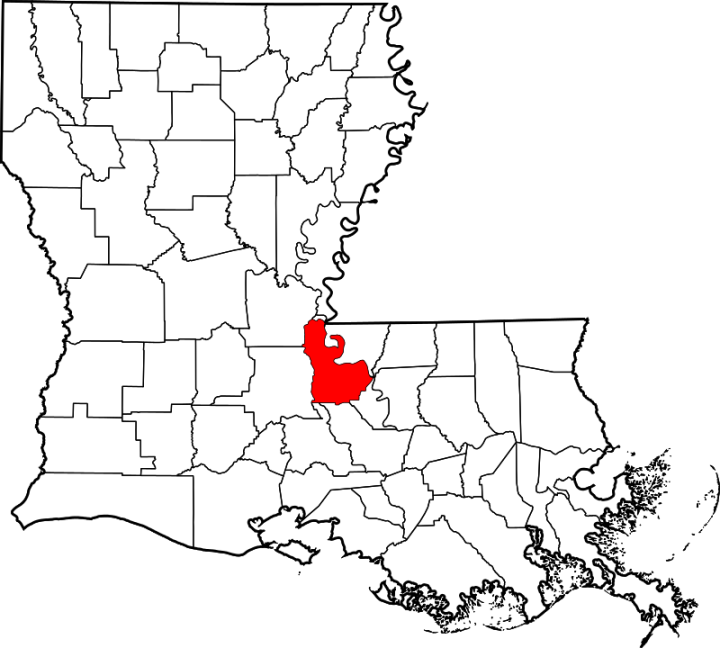
French for "the place of the cut-off", referring to the bend in the Mississippi River that runs through it.
Advertisement
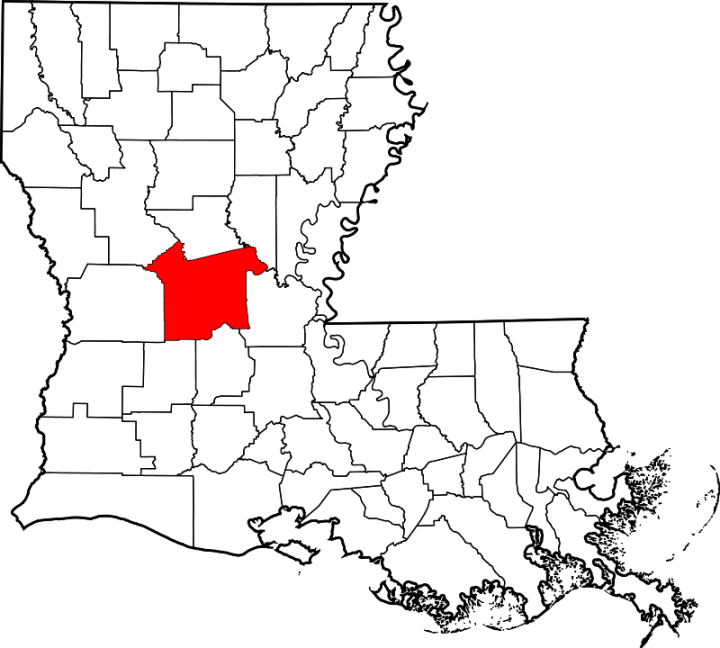
The Red River runs through Rapides and so it makes sense that the parish would be named Rapides, which is French for rapids.

Tangipahoa comes from an Acolapissa word meaning "ear of corn" or "those who gather corn".
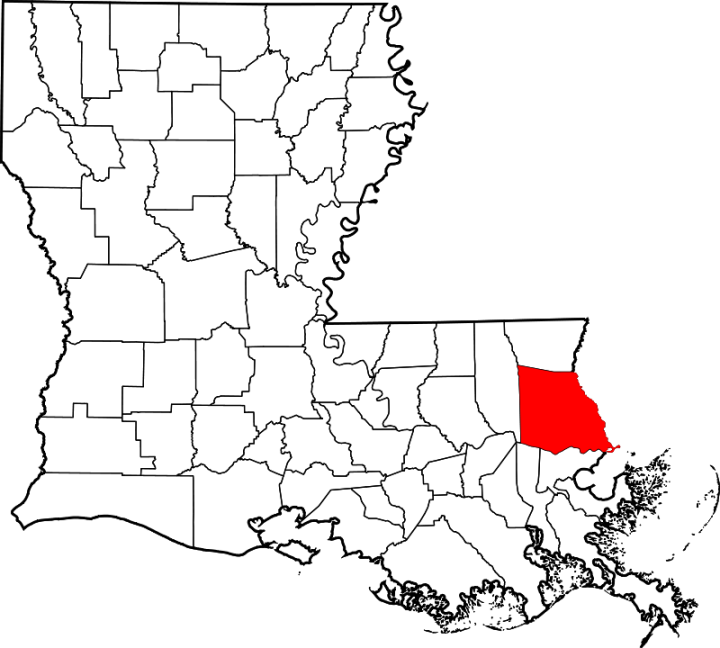
Surprisingly, St. Tammany was not named after a patron saint. It was actually named after Tamanend, a Delaware Indian Chief. The title of Saint was purely honorary, although Tamanend was known for his good reputation. Among the nine parishes named for saints, this is the only one not named a saint as recognized by the Roman Catholic Church.
Did you know about any of these? Let us know in the comments below.
OnlyInYourState may earn compensation through affiliate links in this article. As an Amazon Associate, we earn from qualifying purchases.


